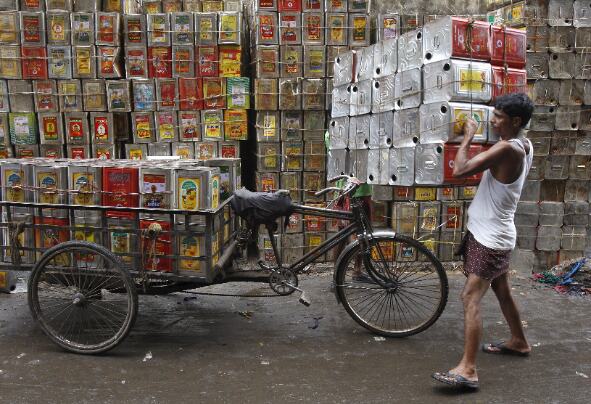At what cost?

Just after a week of the Centre's announcement of the 11,040-crore National Mission on Edible Oils-Oil Palm (NMEO-OP), apprehensions have started to come to the fore. The mission aims to expand the area under cultivation of palm oil fruits by an additional 6.5 lakh hectares — taking it from around three lakh hectares to around 10 lakh hectares by 2025-26. The government aims to raise its crude palm oil (CPO) production to 11.20 lakh tonnes by the said period. While the mission is welcomed by many as it aims to ensure profits for the cultivators and balance international trade of the commodity as India is largely import-dependent in the sector, it is being criticised by experts on account of the damage such an expansion plan could have on the ecology. The production of fresh fruit bunches (FFBs) has certain advantages over the oilseeds, making it lucrative for both the cultivators and the government. First of all, it is a perennial crop. Its yield is almost several times that of other edible oilseeds. Further, in contrast to edible oil crops like mustard, soyabean etc., palm oil is a tree crop. Once grown, the crop stands for an average of 30 years comprising — juvenile period (1-3 years), stabilizing period (4-8 years) and stabilized period (9-30 years). The first extraction of oil is done in the fifth year. The greatest benefit however is its cheap price and high acceptability internationally. On the flip side, the production of palm oil requires more water, or simply more rainfall — making tropical forests a lucrative zone for the cultivators. It is very likely that in such a commercialised scenario the tropical forests may have to be cleared in favour of the tree crop. Cultivation of FFB crops may also lead to slash and burn methods once the trees complete their lifespan. The impact of the expansion of area under cultivation of palm trees will have a gradient depending upon the level of biological diversity of the particular regions. The Centre's move is heartily welcomed in states like Kerala. Kerala was one of the first states to spearhead attempts in the direction of palm cultivation. The Centre's mission is expected to complement the ongoing initiatives of the state government. Andhra Pradesh and Telangana have been leading producers of both FBBs and CPOs until 2017-18. Area wise also, Andhra Pradesh, Karnataka, Tamil Nadu and Telangana remain far ahead of other states. However, the voices of resistance as said earlier, have come from biodiversity hotspots like Andaman and Nicobar and Northeast to a certain extent. The Supreme Court had stopped the monocropping in Andamans and banned exotic species. However, there has been a push from the government to promote palm oil cultivation lately. This is despite the fact that the Indian Council of Forestry Research & Education (ICFRE), on Supreme Court's directive, submitted its report clearly stating that without proper research and data on the ecological impact of palm cultivation in biodiversity-rich areas, cultivation should be stalled. The message from the council could not have been clearer. If palm cultivation is a profitable venture and will work towards the benefit of local cultivators then the government should invest in research around its cultivation on a priority basis. Once the damage is inflicted to the flora and fauna that are already reeling under crisis due to climate change and related phenomena, it will be hard to mend our ways, maybe highly improbable. Once cultivated, the trees will live on for decades. Further, such steps may open the floodgates for similar initiatives. Cooperation and Farmers Welfare (DAC&FW) committees have already identified 19.33 lakh ha of area suitable for oil palm cultivation in the country. Before we let in the rush coming into the sector, we must surely lay strong foundations based on data to ensure that there is no scope for repentance in the future. It is always better to make a late but well-informed decision than a rushed one. We need to avoid shortcuts and adopt the long and healthy path, keeping biodiversity above profit.



